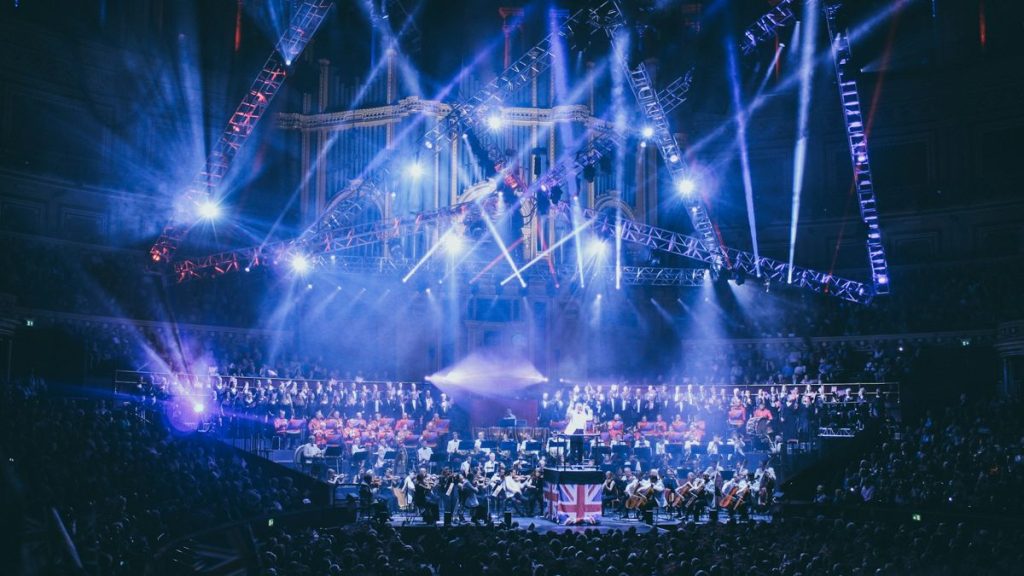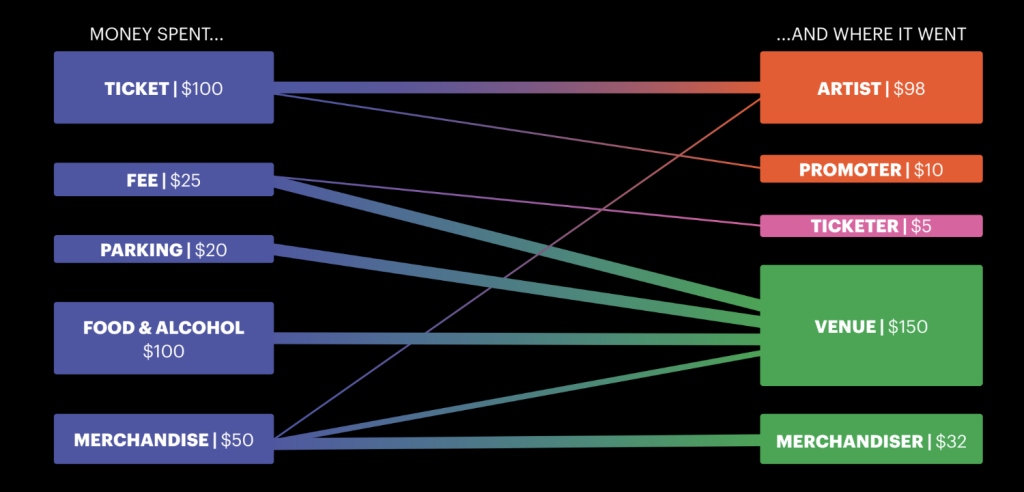
How Concert Payment Platforms Handle Live Ticketing Revenue Splits
Live concert ticketing splits involve complex revenue distributions among various stakeholders. Here's a comprehensive breakdown of how modern payment platforms handle these intricate payments.

Concert orchestra performing with choir onstage
Revenue Distribution Breakdown
Concert ticket revenue is distributed among multiple parties, each receiving specific percentages based on their roles and contractual agreements. Modern payment platforms can automatically manage these distributions through sophisticated splitting mechanisms.

Concert revenue distribution and payment flow
Key Stakeholder Revenue Sources:
- Artists: Primary ticket sales and merchandise
- Promoters: Initial ticket value
- Venues: Ticket fees, parking, food, and alcohol sales
- Merchandisers: Product sales only
- Ticketing providers: Portion of ticket fees
Automated Payment Processing
Modern payment infrastructures handle these distributions automatically by:
- Processing predetermined splits based on contracts
- Managing total sales calculations
- Distributing fees and taxes
- Tracking multiple revenue streams simultaneously
- Integrating with unified transaction systems
Compliance and Security Features
Advanced payment platforms provide essential compliance features:
- Anti-money laundering screening
- Regulatory compliance across 190 countries
- Fraud detection systems
- Tax compliance and withholding calculations
- Automated risk-based transaction monitoring
- Real-time tax form validation
- International blacklist screening
This automated approach significantly reduces administrative burden while ensuring accurate and compliant revenue distribution across all parties involved in live concert events.
